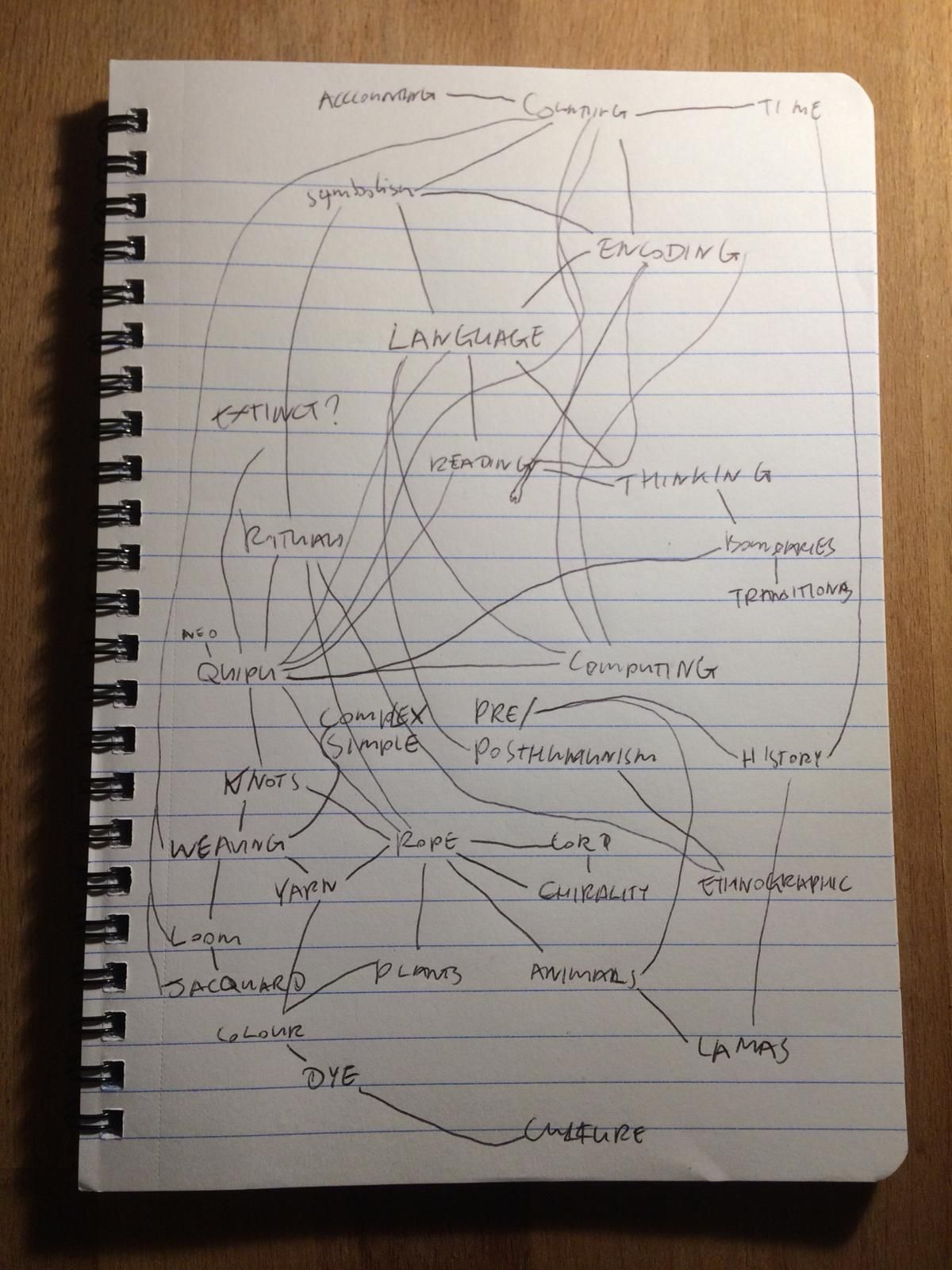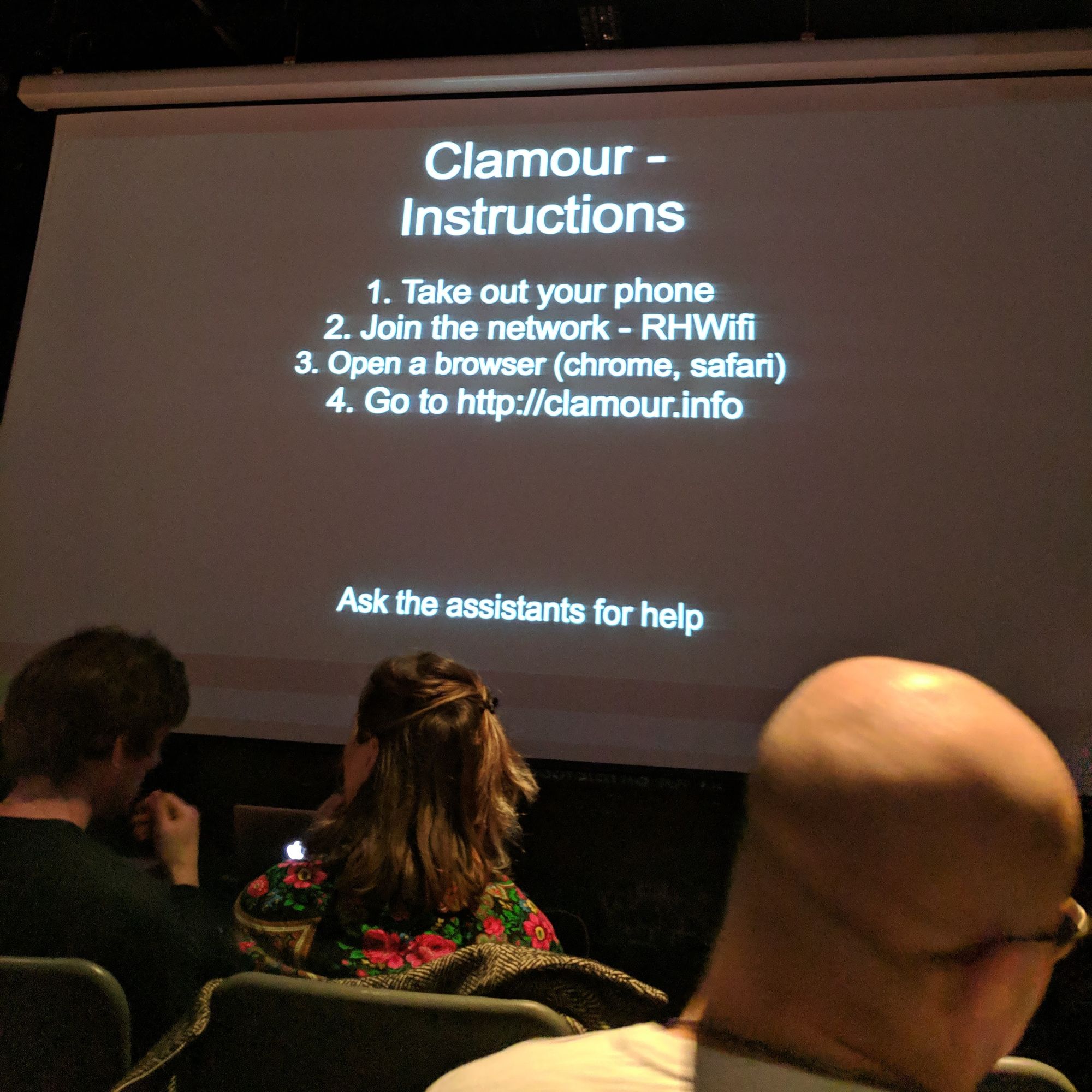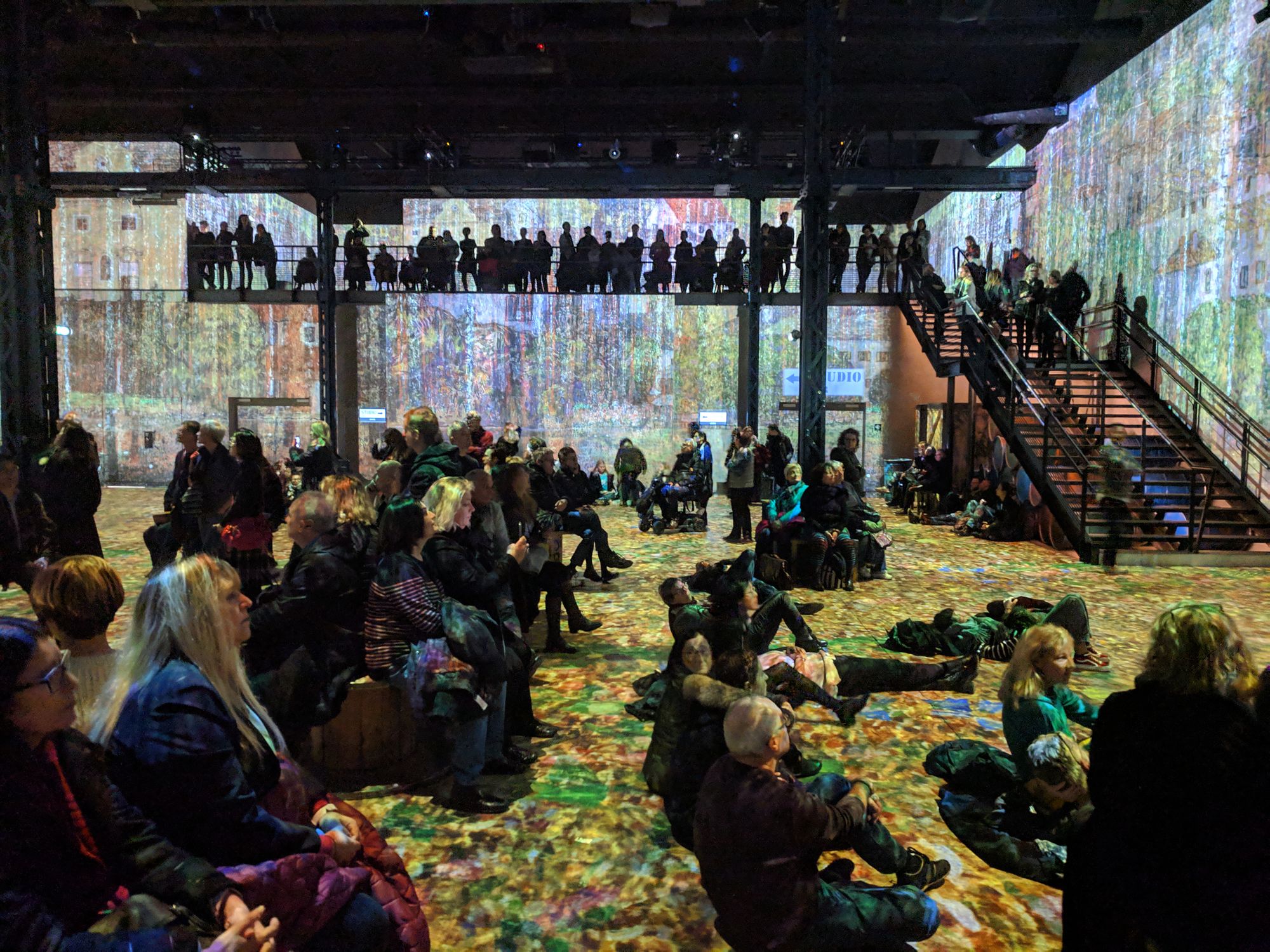This week the lecture focused on using Material Semiotics, as a tool for describing things in relationship to other things. Using it anything can be seen as a product of its relationships, since everything by some way must be related to everything else (we are within a contained universe), and that there is no reality outside of those relationships. We no longer need to examine the actual thing itself, just look at its relationships which I immediately understood and found very freeing.
We saw a brief but amazing clip of Donna Haraway explaining the analogy of relationships as being like a ball of yarn which has to be untangled, and to take the culture apart the bundle of meanings and or the idea of it being a layer-cake and that you unpack the layers of meanings, pleasures and problems. The video is both hilarious, confusing, thoughtful and enlightening.
We then used Material Semiotics to look at an item related to our group project and the relationships that we can gather from that. Izzy and I created a messy spider diagram looking at the relationships of language artefacts (written and other). Using material semiotics was very helpful and it's something which I've sort of done by my own accord, but having it as a named formal tool will be helpful in the future especial at the early stages of a project. Our research focus on Quipu and human language, so the number of connections are enormous and we could easily add practically anything to our diagram, so much time was spent thinking of relationships between items we already had added, or why we needed to add more.

Gallery Visits, etc
This week I did a screening of HyperNormalisation at my flat with five other classmates. I've seen a couple of films by Adam Curtis before, but for some in the group it was their first of his films. The film takes a really interesting look at present world events and situations and skips back in time to try and explain how we got there and some of they key events. Curtis has woven together a vast array of clips from the BBC and other archives. It shows a very complex and mixed picture of world affairs with a lot of hypocrisy and confusion.
I went to a talk by Flux titled The Embodiment of Technology at the Library Club in London, where a variety of computer art projects were presenting. Sadly I didn't really take any good notes to refer back to later.

I went to a performance called Clamour by Simon Katan and Luke Fraser at the Roundhouse. It was technically quite a tricky performance and had some teething issues with the WiFi at the start. The audience were encouraged to connect to a server via their smartphone browsers. From there as the piece progressed we had a variety of tasks such as voting on a new constitution for Sealand, and stroking some kind of strange crab like creature. Overall it was interesting and had some technical ideas around interacting with the audience that I've been thinking about before and might like to try out during my summer term project.
Writing exercises
Embodied/affects mode. Surfaces that we're always in contact with. Topological surface we work with.
I watched this video of Lucy Suchman.
Class notes
- linking descriptions of how things are described and their materiality in the world
- Think of it as a tool for analysis
- See everything as a web of relations
- Nothing has a reality outside of the enactment of those relations
- Everything is very connected - reminded me of I, Pencil.
- Not abstract, must relate to real things and is formal
- How relations assemble or don't
- Located in many different practice, many different ways
- Reknotting - creating new "knots" connections from matter to matter
